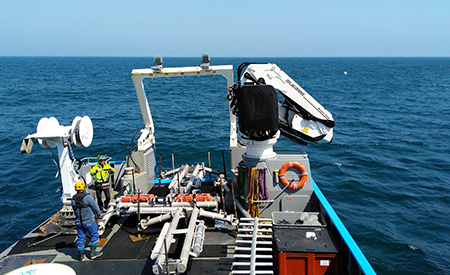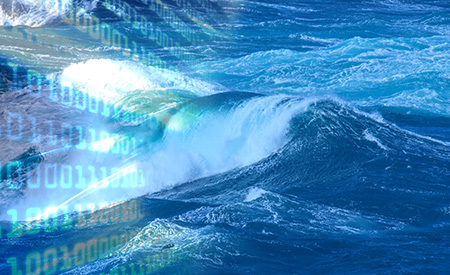/Metropolitan France/North Atlantic - Western Channel
Type of resources
Available actions
Topics
Keywords
Contact for the resource
Provided by
Formats
status
-

-- Warning, deliverable only available in French -- Delivrable D02.05 of the FEM PHYSIC 2015 project WP 2: Definition of the data acquisition strategy Task 2: Choice of measuring instruments
-

-- Warning, deliverable only available in French -- Delivrable D02.05 of the FEM PHYSIC 2015 project WP 2: Definition of the data acquisition strategy Task 2: Choice of measuring instruments
-

-- Warning, deliverable only available in French -- Deliverable D02.03 of the FEM PHYSIC 2015 project Lot 2: Definition of the data acquisition strategy Task 1: Synthesis of knowledge
-

-- Warning, deliverable only available in French -- Delivrable D02.05 of the FEM PHYSIC 2015 project WP 2: Definition of the data acquisition strategy Task 2: Choice of measuring instruments
-

-- Warning, deliverable only available in French -- Delivrable D02.05 of the FEM PHYSIC 2015 project WP 2: Definition of the data acquisition strategy Task 2: Choice of measuring instruments
-
The objective of the APPEAL project was to develop an integrated approach to measure the effects of floating offshore wind farms on the functioning of coastal ecosystems.
-

The objective of the DTOceanPlus project was to develop a software suite of open source advanced tools for the selection, development and deployment of ocean energy systems. DTOceanPlus project made it to develop and demonstrate an open source sotftware suite of second generation design tools for ocean energy technologies including sub-systems, energy capture devices and arrays. These tools support the entire technology innovation process, from concept, through development, to deployment. More broadly, the project also provided an industry standard for communicating technology descriptions throughout the sector. To complement the numerical work, an extensive market analysis of the ocean energy sector is publicly available.
-
This deliverable refers to the socio-ecosystem model that has been developed
-
The use of an ecological niche model has made it possible to characterize, on the one hand, the effects of climate change on the native species of the Bay of Biscay, such as displacements of favorable habitats towards higher latitudes, or, in a to a lesser extent, a decrease in the area of favorable habitat for native species. On the other hand, the potential displacement of the favorable habitat of some subtropical species (currently present along the Moroccan coast) in the Bay of Biscay could be expected. They would then become non-indigenous species (NIS)
-

Cost reductions in nascent forms of Renewable Energy Technology (RET) are essential for them to contribute to the energy mix. Policy intervention can facilitate this cost reduction; however, this may require a significant investment from the public sector. These cost reductions fall into two broad categories: (1) incremental cost reductions through continual improvements to existing technologies, and (2) radical innovation where technologies that significantly differ from the incumbents are developed. This study presents a modelling methodology to integrate radical innovation in RET experience curve and learning investment analysis, using wave energy as an example nascent RET. This aims to quantify the potential effects of radical innovation on the learning investment, allowing the value of successful innovation to be better analysed. The study highlights the value offered by radical innovations in long-term deployment scenarios for wave energy. This suggests that high-risk R&D efforts in nascent RET sectors, even with low success rates, could still present significant expected value in offsetting future revenue support.
 Catalogue PIGMA
Catalogue PIGMA